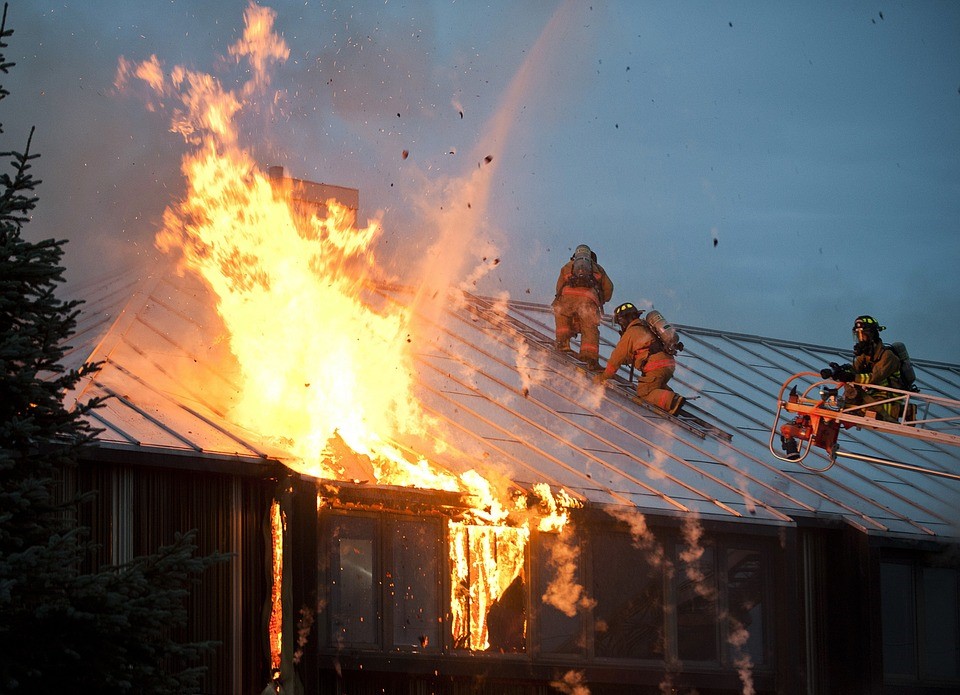How do you protect a home against natural calamities? It is a fact that natural disasters cannot be prevented, but there are ways in which you can fortify the structure of a home in order to withstand serious damage. Fireproofing a home is a common example of fortification. This is done by using naturally fireproof construction materials. Fireproofing can be done on both the exterior and interior walls of a home. Here are some examples of naturally fire-resistant construction materials:
- This is one of the most common building materials used today. One of the characteristics of concrete is that it is naturally fire-resistant. This means that in case of fire, it will take a long time for concrete to break-down or for the fire to spread. In fact, concrete is more fire-resistant than steel. In most structures, concrete is used to reinforce brick layers for walls. To fireproof the exterior and interior of a building using concrete, contractors use a fireproofing machine to efficiently apply concrete plaster onto walls.
- This is a combination of sand, lime, and cement. Stucco plaster mixture has been popular for many centuries. These days, modern stucco plaster provides a durable as well as fire-resistant finish to many buildings. Similar to cement plaster, it is also applied using commercial fireproofing spray pumps for increased efficiency.
- For fireproofing interiors of buildings and home, gypsum or drywall is commonly used. A gypsum board consists of gypsum contained in between two sheets of paper. Some gypsum boards are treated with chemicals to increase their fire-resistant capabilities. In some constructions, multiple layers of gypsum are added to walls in order to increase the fireproof rating of a building.
- Another naturally fire-resistant construction material, brick is often considered to be one of the best options to ensure that a home or building has a high fire resistance rating. Nevertheless, it is a fact that brick layers are often covered with mortar which lessens the effectiveness of its fire-resistant nature. To combat this, fire-resistant plaster can be applied over a brick layer using a fireproofing pump to ensure that the structure remains resistant to fire.
Fireproofing a home entails that attention is given to both the exterior and interior structure. Aside from the materials used for the walls, you should also consider the roofing material. Highly combustible materials such as wood shingles should be substituted with roofing materials that have a high fire-resistant rating. In choosing glass panes for windows, you can opt of double-paned glass or tempered glass which is less likely to catch fire. Metal-framed windows are also an option if you live in an area with high risk of fire. If possible, choose doors with a metal core which will not easily catch fire or burn through.
Maintenance is another key to ensure that your home is protected against fire. Make sure that your lawn and surroundings are free from any combustible debris. You should also make sure that all electrical connections are in good working condition all the time.

Leave a Reply